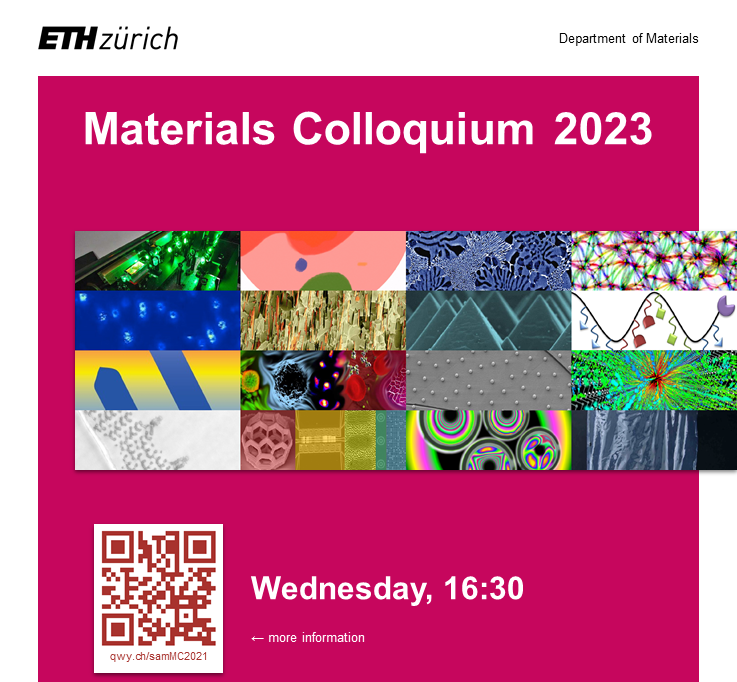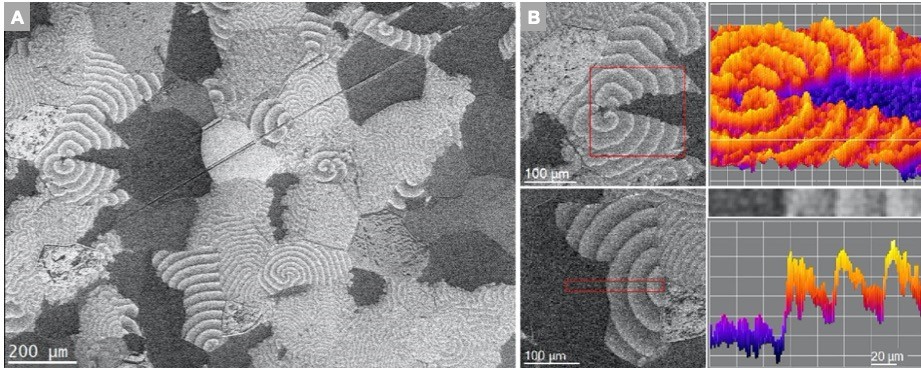Arkadiy Simonov (D-MATL, Multifunctional Ferroic Materials)
Prussian blue analogues (PBAs) are a broad and important family of microporous inorganic solids, famous for their gas storage, metal-ion immobilisation, proton conduction, and stimuli-dependent magnetic, electronic and optical properties, The family also includes widely investigated hexacyanoferrate/hexacyanomanganate (HCF/HCM) battery materials. Central to the various physical properties of PBAs is the ability to transport mass reversibly, a process made possible by structural vacancies. In the absence of a better model the distribution of such vacancies was assumed random.
In this talk I would like to present the latest results of analysis of the diffuse scattering from PBA single crystals which show that vacancy show surprisingly strong local ordering. Moreover, the distribution of these vacancies is influenced by crystallization conditions. Our results establish a clear foundation for correlated defect engineering in PBAs as a means of controlling storage capacity, anisotropy, and transport efficiency.


